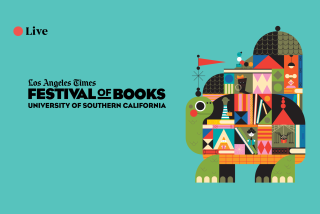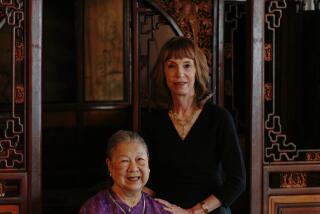Exploring Los Angeles (and the world) with Dylan Thuras of Atlas Obscura

Visit Skeletons in the Closet, Prey Taxidermy and Peephole Cinema with Atlas Obscura editor Dylan Thuras.
If you want to visit a catacomb, head to Europe; there are no ossuaries or catacombs in America. “No proper catacombs,” Dylan Thuras clarifies. “A proper catacomb is lined with carefully-stacked skulls and bones.”
Thuras is an enthusiast of unusual places. He’s the co-founder of the website Atlas Obscura, its creative director and co-author, with Joshua Foer and Ella Morton, of the massive new book, “Atlas Obscura: An Explorer’s Guide to the World’s Hidden Wonders,” which crams more than 700 places into its 500 pages.
“If I had my way, we probably would have been a little overindexed on catacombs and medical museums,” he admits with a cheerful shrug. Thuras came to Los Angeles on book tour and, because he is who he is, he pushed back a flight to visit a couple of our city’s unique sites.
“We’re all sort of drowning in a mediated world. We consume endless amounts of information, read Facebook, go home and watch Netflix. All that’s fine; I live in that world too,” says Thuras, who lives in New York. “But real experiences — going somewhere, meeting someone, getting to know them in a weird space — those experiences feel like the things I value most in my life. Whatever we do to help other people find those things feels like a worthwhile way to spend time ”
We began our short tour at Skeletons in the Closet, the gift shop of the L.A. County coroner. Now more than 2 decades old, it was for many years the only coroner’s gift shop in the country (Las Vegas has followed suit). The shop is stocked with coroner’s shirts and scrubs, souvenir beer glasses, death-themed ephemera and coroner puns; a barbecue apron reads “LA County Coroner has [heart]” with pockets for “Spare Hands” and “Spare Ribs.”
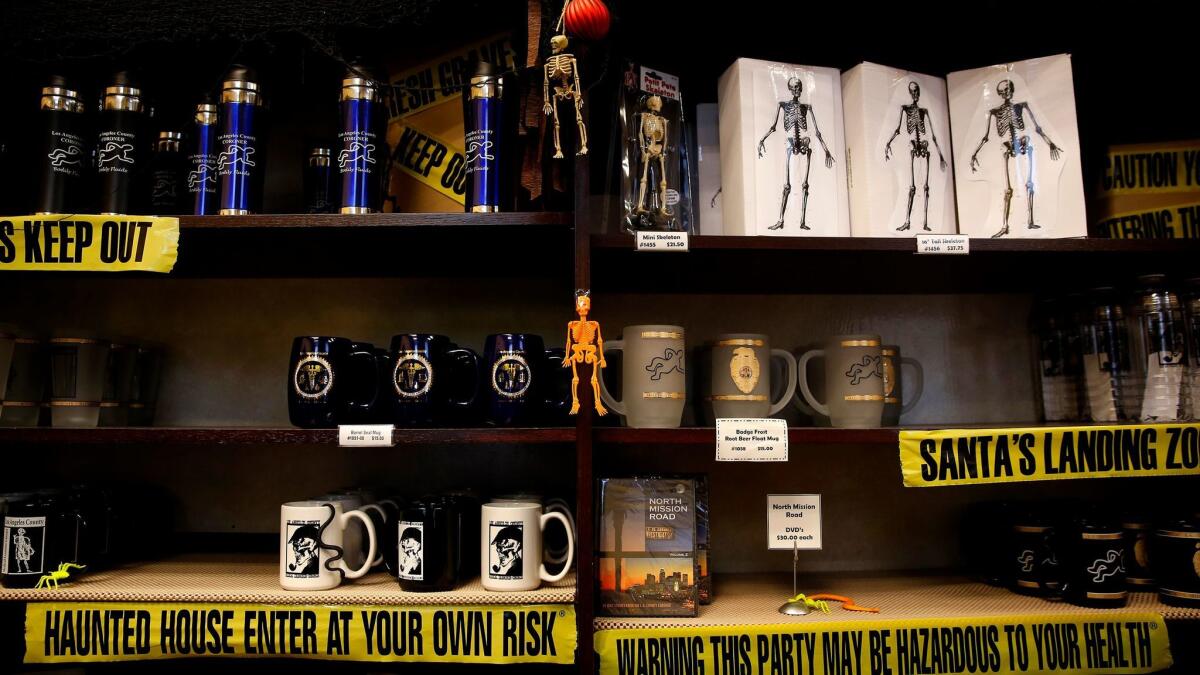
Beach towels, which come with a white body outline, are its biggest seller, but Thuras couldn’t fit one in his backpack. He was traveling light, so he only bought a coffee mug.
What he was picking up were the stories. Behind the counter, Edna Pereyda explained that the shop started after the coroner gave a T-shirt to a doctor in the L.A. County hospital next door and it turned out everyone wanted one; that it had briefly been under threat in 2015, but that things were better now; that once a bereaved relative who was at first upset to discover the store had returned to shop there.
In fact, Skeletons in the Closet is located in the building housing the actual coroner’s office in Lincoln Heights. It’s where people come to deal with the remains of their dead loved ones. If that makes you a little uncomfortable, or if the idea that the sprawling complex contains actual dead bodies might put you off, it’s easy to skip the visit — I’ve driven by regularly for the last two years and had never stopped.
Enter Atlas Obscura. “There to be a nudge, in book form and in website form,” as Thuras says. “Reading is a good start, but ultimately, hopefully, that’s the beginning of a path that gets you out somewhere — and it can be somewhere a mile from your house.”
L.A. locations that appear in the book include the municipal (the African American Firefighter Museum), the architectural (Frank Gehry’s binoculars building in Venice), the commercial (Clifton’s restored cafeteria downtown), the eclectic (the Museum of Jurassic Technology) and the individual (a bottle art installation in an Echo Park yard called Phantasma Gloria).
“The understanding of other people’s deep, mysterious joys, passions, pursuits; embracing our inherent strangeness as humans, is an important part of what we do,” Thuras says. “When people talked about a lot of this stuff, it could often be in this very dismissive way. Like, I’m standing here in the normal crowd, in the center and pointing out, saying, look at all these weirdos out there. Right? I have no interest in that. These are my people.”
So our next stop was Prey Taxidermy, a taxidermy studio located in downtown Los Angeles. It’s owned by Allis Markham, whose glamorous vintage style makes her look — depending on how you feel about taxidermy — like either the heroine or the villain of a classic noir film. The shop does pieces for Hollywood — they were working on two birds for “Bates Motel” while we visited — and for natural history museums, as well as private commissions and group classes.
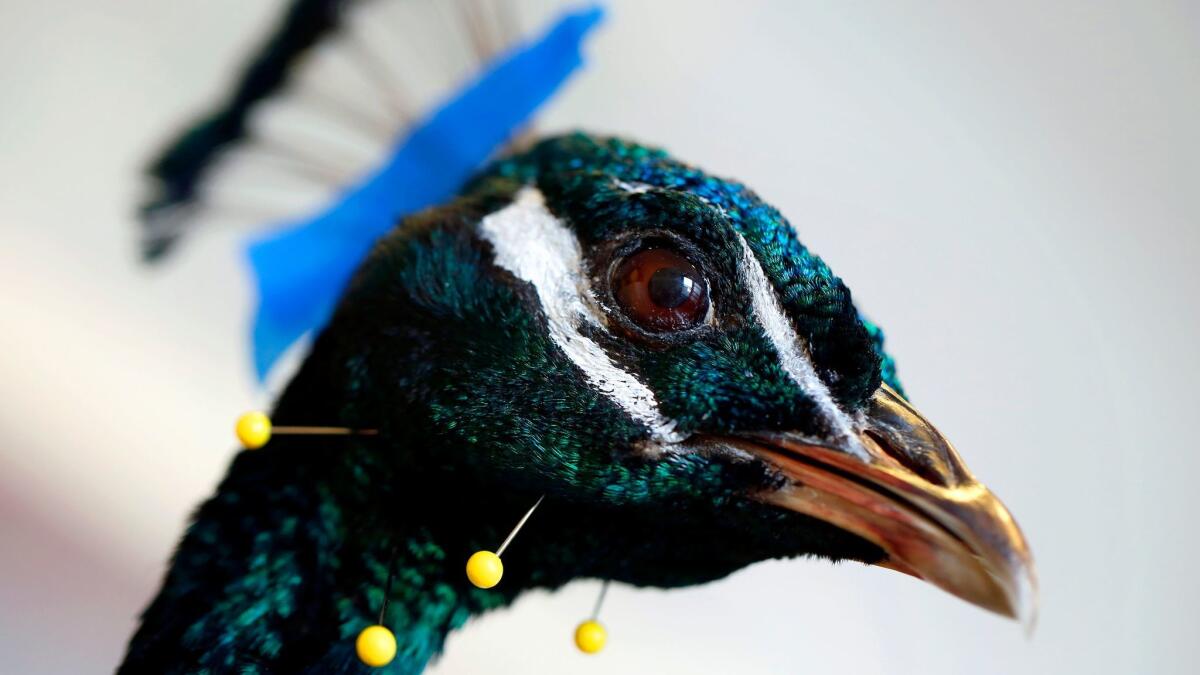
I asked about the trays of salted animal skins, the tanning vats, the glass eyes, the handcrafted body molds, a polishing device (it cleans the inside of skins), but Thuras already knew all about them. He collects vintage taxidermy, and he speaks with the casual confidence of someone who doesn’t find dead animals creepy: The Atlas Obscura office has a “full, defleshed moose skeleton” awaiting articulation.
Taxidermy is one of those hobbies that takes people down a, er, rabbit hole. Although she has a studio filled with freezers, Markham admits that she takes her work home. “My husband’s just like, ‘I don’t understand why I have to move a squirrel when I go looking for dumplings in the freezer.’” She laughs and admits that it was actually three squirrels, bagged together.
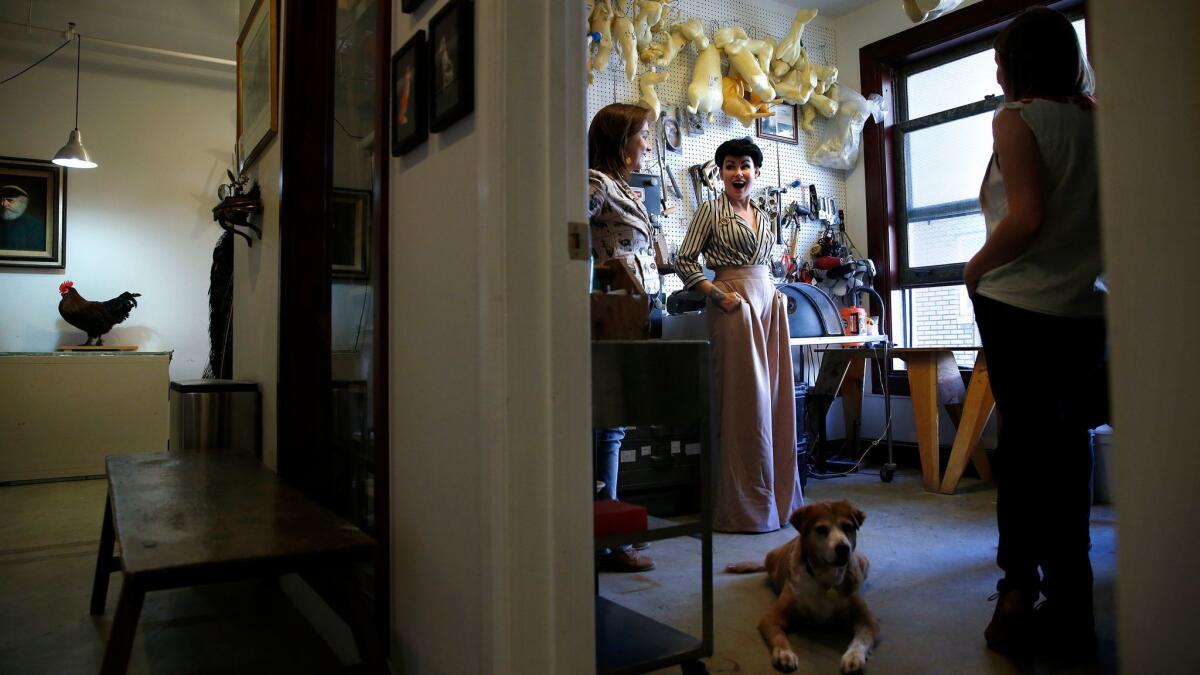
That doesn’t come across as gross, softened by Markham’s undercurrent of dark humor and offset by her level of polish. Despite being an outlier — she’s young and urban — she has won prizes at the World Taxidermy Championship, alongside a lot of men in jeans and plaid. “It’s such an art and a craft,” Thuras observes. “It must be nice [for older taxidermists] to see that it’s not going to die.”
Erin Johnson, the head of the Obscura Society of L.A., reminded us that before Thuras headed to the airport we had one more place to visit. In addition to the website, there are local organizations of fans that translate these online enthusiasms into the real world. Johnson organizes trips that explore Southern California, including meeting wolves at a refuge in Lake Hughes, celebrating JPL founder and occultist Jack Parsons at the Devil’s Gate in the Arroyo Seco and, most existentially of all, looking straight into the San Andreas Fault.
She directed us to Chinatown; our destination was Velveteria, the velvet painting museum. “I wanted to approach these places with a real sense of respect and joy and appreciation for the accomplishment, whether it’s a tiny museum or a taxidermy studio,” Thuras explains. But it was not to be — the museum was closed for the day. Instead of being angry, Thuras and Johnson consulted a map they’d created before his trip and decided we should walk to a nearby alley.
There we found the Peephole Cinema. A few steps are chained to the wall, where a handle is attached so you can look into a small hole at films screening on a loop. There’s nothing dirty — silent art films screen in rotation. In the alley, a nearby dumpster stank a little; kitchens clattered through open back doors; a green Amazon food delivery package awaited its owner. It was lovely and surprising and surrounded by the everyday.
“People will often say, are these ‘bucket list’ places?” Thuras says. “I guess, sure. There are some really beautiful, interesting locations. But the thing that bothers me is the whole idea of a checklist feels a little bit shallow.”
If “Atlas Obscura” can be seen as a travel guide, it’s also an impossible one. Few people will make it to Romania’s Turda salt mine and to the old town of Ghadames in Libya and to New Zealand’s Waitomo glowworm caves and to the Forestiere Underground Gardens in Fresno.
“It’s not just about going and saying yes, I’ve been here and now I can kind of brag about it,” Thuras says. “That feels good, but the real experience is not just being in the place but trying to gain some greater understanding of it, and have that experience expand your sense of what’s possible in the world.”
More to Read
Sign up for our Book Club newsletter
Get the latest news, events and more from the Los Angeles Times Book Club, and help us get L.A. reading and talking.
You may occasionally receive promotional content from the Los Angeles Times.

